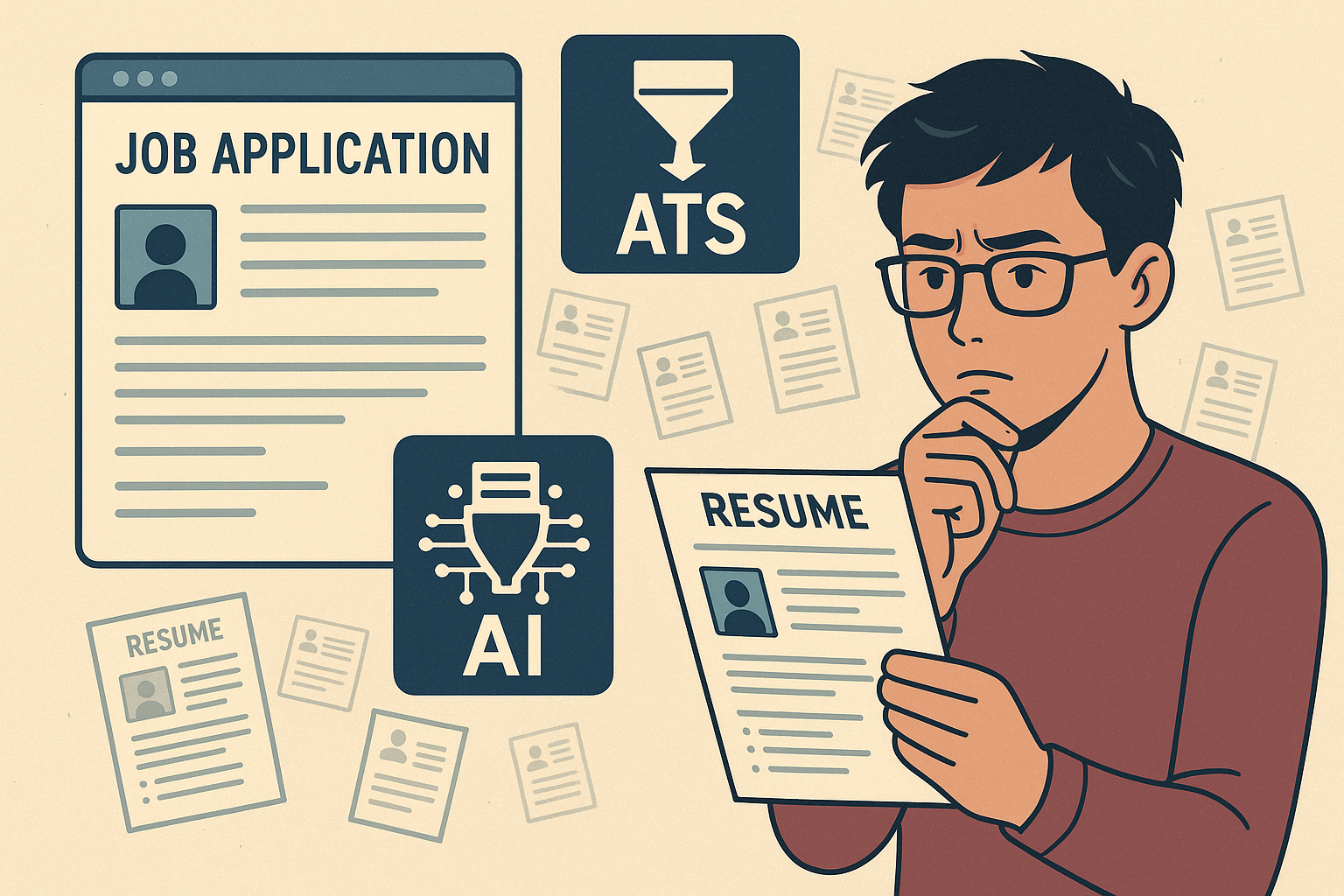
There was a time—not that long ago—when looking for a new job meant having a conversation. You’d talk to a recruiter, maybe get referred by a colleague, send over a resume, and if your skills aligned, you’d get an interview. It wasn’t always easy, but it felt more human. Now, the landscape has shifted dramatically. The job search process has become more complex, more impersonal, and more competitive—driven by algorithms, automation, and AI.
Welcome to job hunting in the digital age.
From Relationships to Resume Filters
Earlier in my career, I found new opportunities through networks and conversations. Recruiters often acted as matchmakers, connecting the right candidates with the right roles. Now, a large portion of job openings require navigating an automated system before a human ever sees your name. Applicant Tracking Systems (ATS) are designed to sort, rank, and filter resumes—often using keyword matching and proprietary algorithms—to determine who makes it past the virtual gatekeeper.
If your resume isn’t formatted correctly, doesn’t include the right buzzwords, or gets tripped up by an AI parser, it might never be read by a person—even if you’re perfect for the job.
Learning the New Rules
Getting past the machines requires more than just a polished resume. It demands strategy. You have to understand how job descriptions are written and reverse-engineer your application to align with them. That might mean tailoring each resume for the specific role, using language pulled directly from the posting, and being mindful of formatting quirks that can confuse parsing software.
Tools like resume scanners and AI optimization platforms now help applicants “beat the bots,” highlighting what needs to change to make it past ATS filters. It’s no longer just about selling your story—it’s about selling it in a language the machines understand.
Once You’re Seen, You Still Have to Shine
Of course, getting past the gatekeepers is just the first step. Once your application reaches a real person, you’re back in human territory. That means your materials still need to resonate emotionally and professionally. Your cover letter and resume must reflect authenticity, clarity, and impact—because hiring managers can spot fluff from a mile away.
And with so many applicants making it through the initial filters, standing out becomes even harder. Everyone is optimizing. Everyone is customizing. Everyone is “passionate” and “detail-oriented.” So how do you differentiate yourself?
Making It Personal Again
In a system that’s increasingly driven by technology, the human touch matters more than ever. Whenever possible, finding a real person to speak with—through networking, informational interviews, or direct outreach—can move your application from one of hundreds in a database to a name with a story.
Building relationships, contributing to your field, and demonstrating your value in authentic ways—on LinkedIn, in thought leadership, or through community involvement—can help you rise above the crowd.
Final Thoughts
Job searching today is like playing a game where the rules keep evolving—and many of them are hidden. It’s not enough to have the experience. You have to understand the systems, use the tools, and communicate your worth in a way that appeals to both algorithms and humans.
It’s a challenge. But it’s also an opportunity. Because while the tools have changed, the core goal remains the same: to connect with a role where you can make a difference. And that, at its heart, is still a very human pursuit.